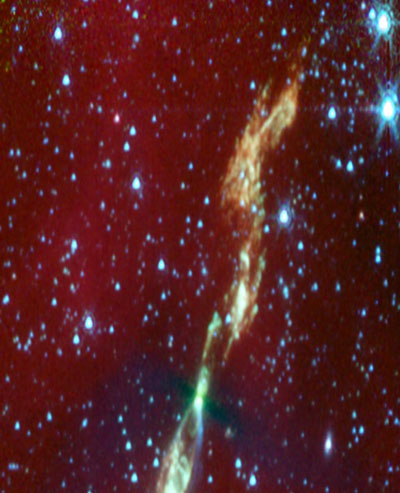IYA2009: At the Edge of Solar System
Conference

- © NASA/JPL-Caltech/UIUC
- Baby Picture of Our Solar System
20 May 2009
1 to 2.30 p.m
Room IV
UNESCO Paris
The conference will focus on the small objects in the Solar System which have marked recent study of the planets. From 1992 onwards, hundreds of new objects, some of them a thousand of kilometres in diameter, have been detected.
They are small icy bodies orbiting the Sun beyond Neptune's orbit. The visible frontier of the solar system has been pushed back, and a new region unveiled called the Kuiper Belt.
These discoveries have become the key to subjects as diverse and fundamental as the troubled history of the solar system, its ‘architecture’, the origin of comets, and even the formation of lunar craters. The study of these trans-Neptunian objects, at the edge of the solar system, has now become one of the most active branches of planetology.
The conference will end with a spectacular film ‘Hawaiian Starlight’ comprised of images of the cosmos and Hawaiian landscapes accompanied by original music.
Organized by the Natural Sciences Sector, UNESCO in collaboration with the Observatoire de Paris.
Related links:
:: A World of Science (Vol. 7 - N°1, January-March 2009)
:: UNESCO IYA2009 Image gallery (More)
- Source:UNESCO SC
- 20-05-2009

